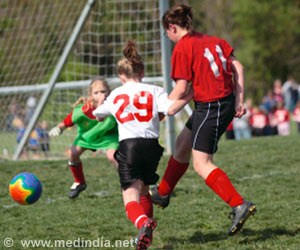
"In order to become a smoker, kids need to know how to smoke, they need to know where to buy cigarettes and how to smoke without being caught, which are all things they can learn from their friends who smoke," said Haas. "But, friends are unlikely to be able to provide the type resources needed to help them quit smoking."Nonsmoking friends would not have access to nicotine replacement products or organized cessation programs to help their friends quit, according to the researchers, who report their findings in the current issue of the Journal of Health and Social Behavior."Most often, adolescents will try to either quit cold turkey, or by gradually reducing their smoking, and these are the least successful ways to quit," said Haas.
While most current adolescent smoking prevention programs are aimed at building resistance to peer pressure, Haas said school nurses and health professionals may be able to design programs that use peer pressure to positively influence behavior. For example, they could design programs to help nonsmoking adolescents help their smoking friends."We have to have a more nuanced view of influence," said Haas.
"In reality, kids aren't all bad or all good, and some friends who may not be a good influence in one area may actually be a positive influence in other areas."The research may also apply to other areas of adolescent behavior."This may apply well beyond smoking," said Haas. "There may be similar patterns in adolescent drinking, drug use, sex and delinquency."Even though smoking rates have declined, adolescent smoking remains a serious problem that has both health and economic costs. From 2000 to 2004, smoking and second-hand exposure to cigarettes was linked to 400,000 deaths and results in $100 billion in lost productivity each year, according to the researchers.The researchers used data from the National Longitudinal Study of Adolescent Health. Their sample data set included two high schools, one with 757 students and the other with 1,673 students. The data was collected at several times throughout the school year, allowing researchers a chance to see how not just behaviors change, but also how networks of friendships evolve over time.The Eunice Kennedy Shriver National Institute of Child Health and Human Development supported this work.
Source-Eurekalert














